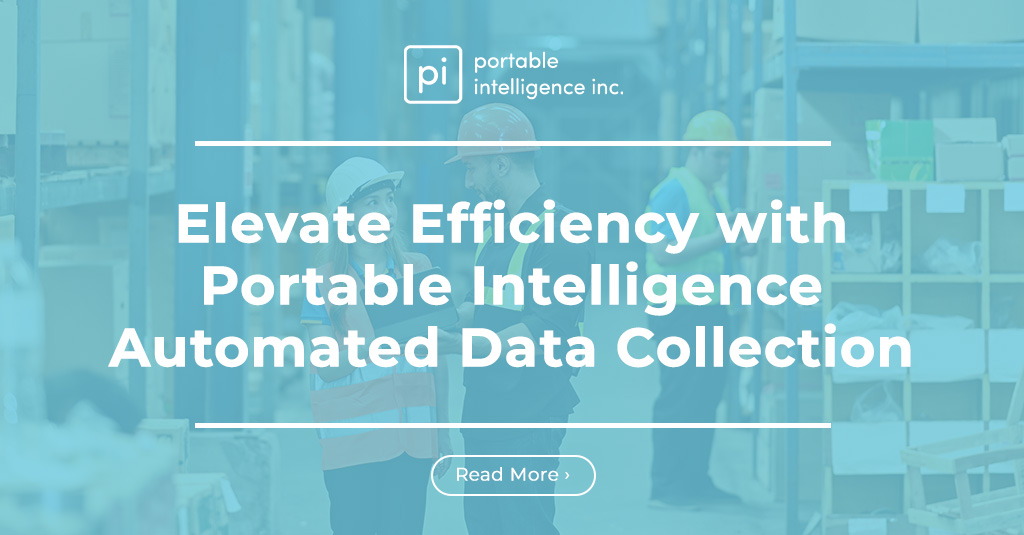One of warehouse managers’ major goals is to operate at peak performance for longer periods and more often. Many warehouse managers are starting to use automation to improve accuracy and productivity.
According to a Modern’s automation survey done in 2019, warehouses use partial or full automation in 5 key areas:
- Reporting (57%)
- Automated conveyance (42%)
- Labeling operations (38%)
- Replenishment (35%)
- Packaging (23%)
Here are five common issues that can be improved with warehouse automation.
1. Improved Inventory Management
Warehouse automation does not only help with warehouse operations, but also reduces misplacement, shrinkage, and lost products, thus aiding by creating a healthier inventory. When it comes to controlling inventory, the management level becomes granular, which results in fewer shipping and fulfillment errors.
Material handling equipment like mobile devices and barcode scanners can also benefit from automation. It improves efficiency even further and contributes to better control of inventory. This means that businesses can eliminate or at least reduce staging and replace it with just-in-time order fulfillment methodologies, leading to even greater efficiencies.
2. Reduced Turnover and Increased Productivity
In the warehouse industry, employee turnover rates are shockingly high, and the average is about 36%. Automation eliminated many repetitive and mundane manual tasks, both in terms of physical labor and business processes. It enables employees to focus on more difficult tasks, which improves retention and job satisfaction. Although workers are more satisfied and engaged as a result of automation, they can also spend more time on expansion strategies, planning, and core business initiatives. Automation makes tasks safer and easier to complete, leading to increased overall productivity without having to hire additional staff.
3. Increased Customer Expectations
When warehouse operations are streamlined there are fewer chances for error, which results in happier business partners and customers. Partners and customers benefit from a better overall experience as inventory moves more accurately and faster. Improved customer satisfaction also boosts brand awareness and sales. Warehouse automation not only improves operations immediately but also prepares a business for a future in which there is little room for inefficiency or errors.
As consumers get to expect two-day and even same-day delivery from big companies, those expectations remain the same when placing orders with small companies. Retailers most often expect their suppliers to cater to accelerated timelines as they attempt to fulfill their customer’s delivery expectations.
Moving through different areas in a warehouse physically to pick products is tiring and time-consuming for employees. Automated picking using robotic technologies enhances human picking. Picking routes can be shortened and walking time reduced by implementing this technology. Many warehouses for example use robots to take products to a packer when a specific item is required.
4. Unplanned Maintenance Downtime
Internet of Things (IoT) technology enables warehouses to predict issues more accurately before they happen and allows the company to perform repairs and maintenance proactively.
Factories and warehouses use IoT sensors to collect performance data. The technology notifies maintenance staff when equipment shows signs of a potential issue so they can fix the issue proactively and prevent unplanned downtime.
Research shows facilities that use IoT technology for predictive maintenance extend the life of their machines by 20%, improve uptime by 9%, and reduce costs by 12%. A sensor may for example detect that a machine’s production speed is slightly lower than normal. By leveraging AI, managers can identify that the issue is likely caused by a timing belt that will break soon. If the company takes the machine offline before it breaks, this will increase uptime, prevent damage to other parts, as well as reduce the cost of fixing.
Although selecting and implementing automation means that you’ll have to do research and exert effort in evaluating performance, creating new processes, and selecting the right technology, once the automated processes are up and running, it is likely your warehouse will experience significant improvements in the crucial areas of accuracy, speed, and profitability. As you solve each of these problems proactively and incorporate the functionality into the daily work of your staff, your employees will likely experience higher job satisfaction and this will increase retention. They will also benefit from cutting-edge new skills.
5. Seasonal Fluctuations
Many warehouses have to deal with seasonal demand shifting. General retailers for example may experience large upticks during the holidays, while water sports retailers’ busy season is most likely to occur just before the summer months.
Warehouses can save time during the picking process by creating a picking zone of items that are most likely to be ordered. The most popular items can however change quickly based on trends, sales, and seasons. Managers can leverage AI technology to predict which items will likely be most popular when. The process begins with an AI analyzing huge amounts of data. It then provides important factors that need to be taken into consideration to determine the optimal quantity of specific products. Although this means the warehouse has to have a substantial amount of data to feed the algorithm, the AI will then improve the forecasting accuracy per season over time. Other innovations that leverage AI include machine learning that runs numerous forecasting models to predict the most accurate one, as well as “neural nets,” a subset of deep learning to replicate human decision-making and utilizes forecasting technology not bound by a time series approach.





